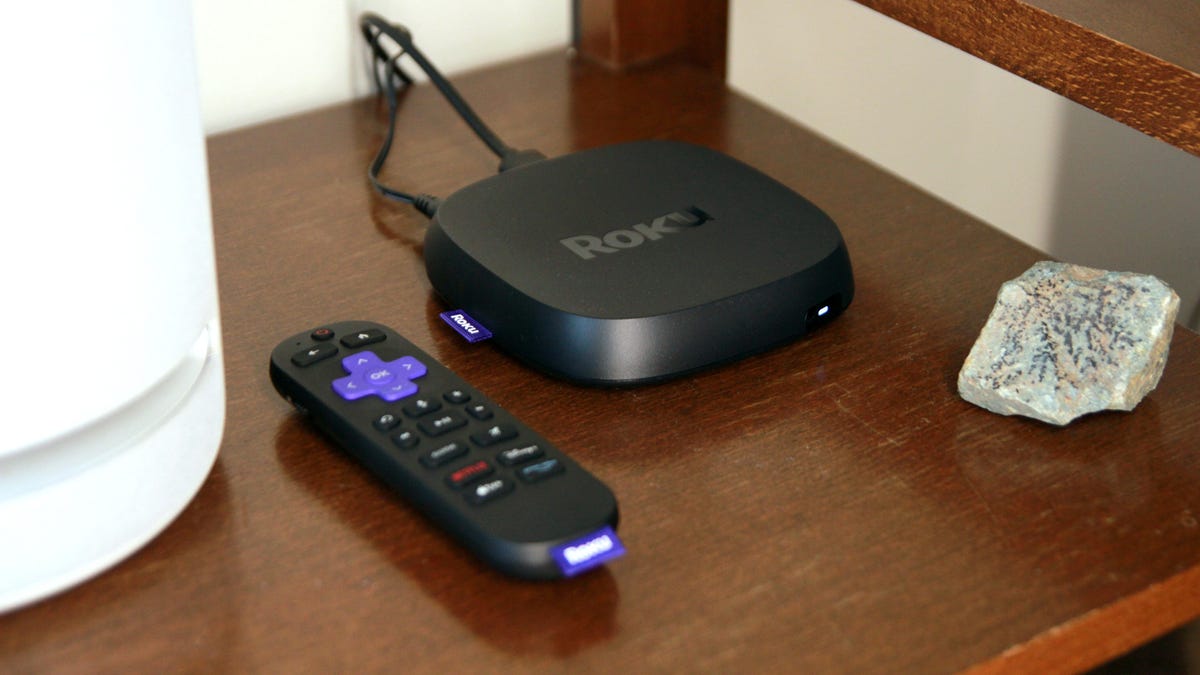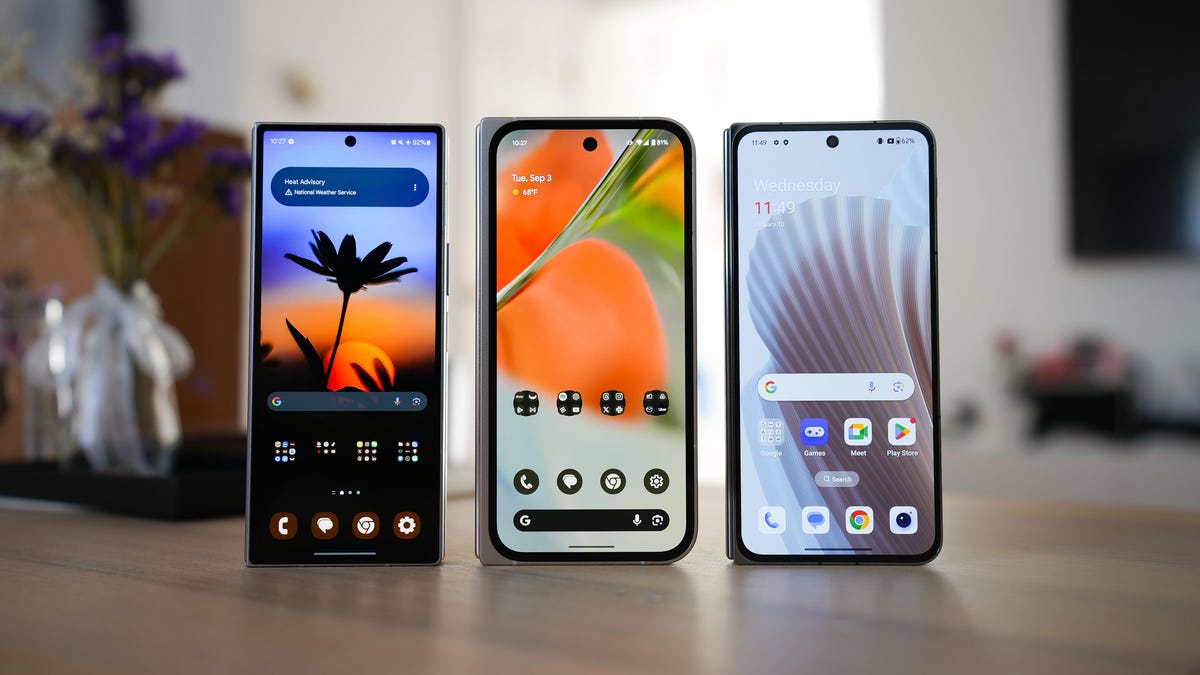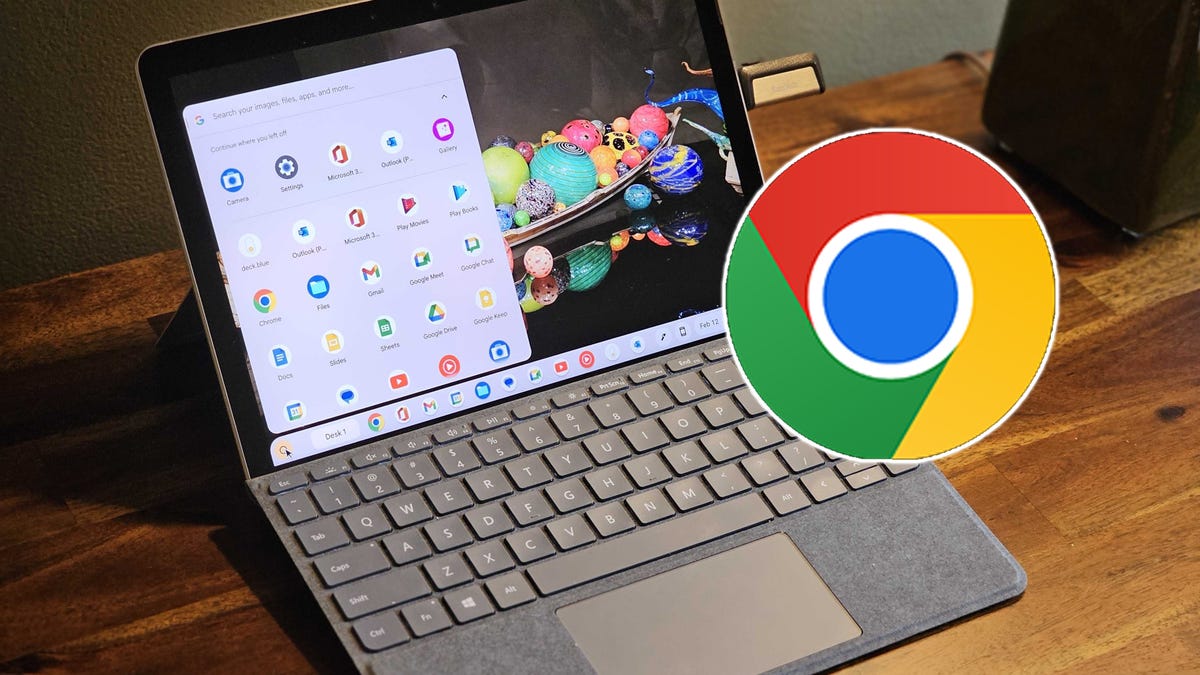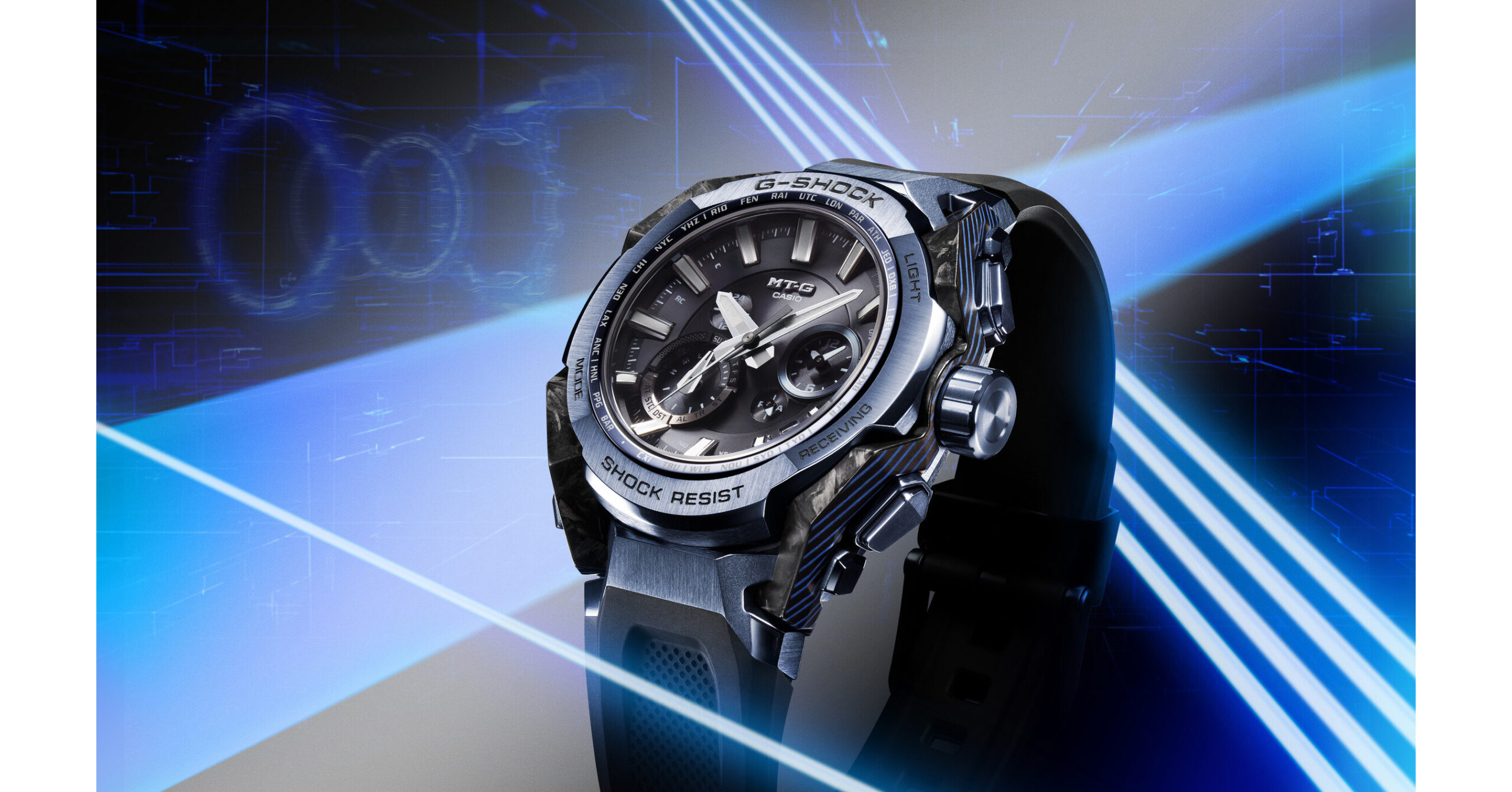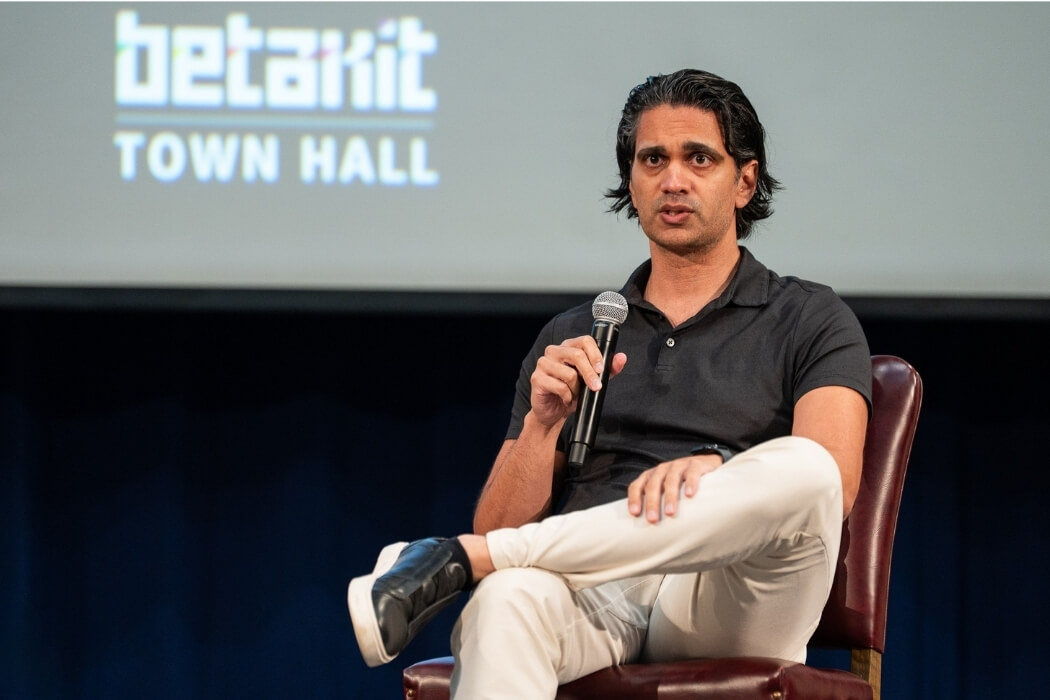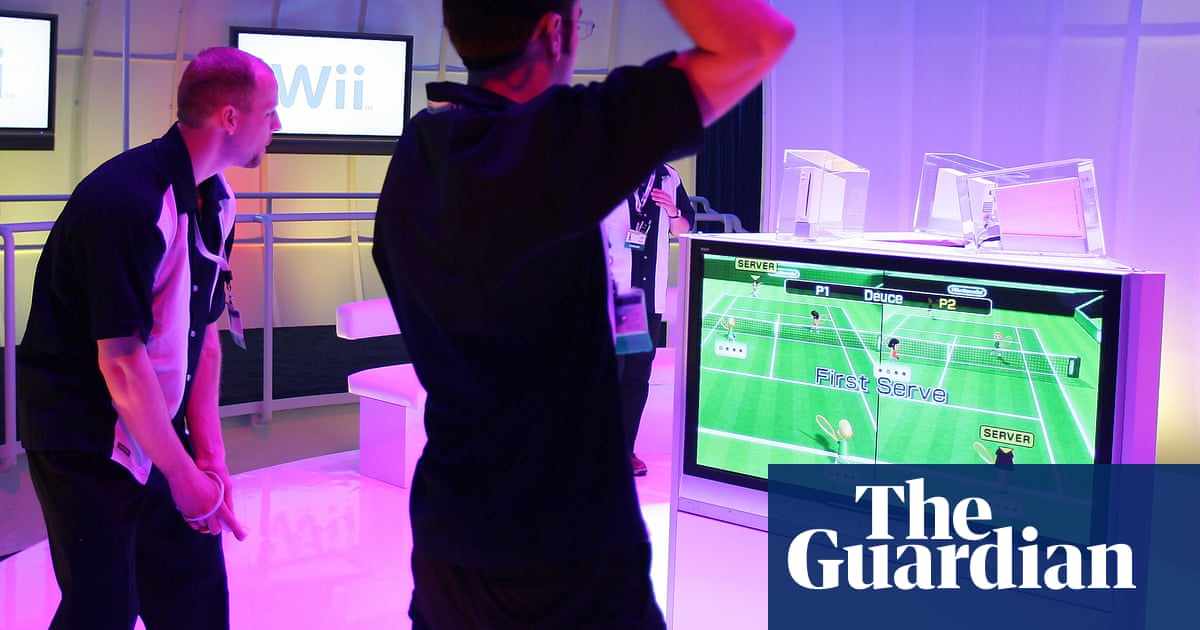In my three-plus decades of watching Microsoft, I’ve seen the company do some truly dumb things. The transition from Windows 10 to Windows 11 deserves a spot at the top of the list. What’s most impressive is that the strategy it’s been executing is bad for Microsoft’s customers, and bad for the company’s bottom line. A real lose-lose proposition.
Also: Microsoft unveils Windows 11 25H2 – here’s who can try it now and how
In 2021, when Microsoft’s engineers were putting the finishing touches on what would become Windows 11, the plan was to make it a conventional release that would have allowed most Windows 10 PCs an easy upgrade path. But someone at Microsoft killed that plan, creating a series of headaches that will become exceptionally costly and painful for businesses and consumers at the end of 2025.
And it didn’t have to be this way. To understand why, we need to talk about the long history of Microsoft Windows support policies.
Microsoft’s 10-year support lifecycle
Since the mid-1990s — the start of the modern Windows era — Microsoft has committed to support every new commercial release of Windows for at least 10 years — five years of mainstream support and five years of extended support. That commitment was formalized a quarter-century ago with the release of Windows 2000; it expanded to officially include consumers in 2012.
And that 10 years was about the operating system, not the hardware. Because of the company’s obsessive focus on backward compatibility, you could pretty much count on your PC being able to run the latest version of Windows for at least a dozen years and maybe even 15 years. If you bought a PC with Windows 7 preinstalled in 2010, you were able to upgrade it to Windows 8 in 2012 and then Windows 10 in 2015, and many of those devices are still running Windows 10 productively in 2025.
Also: How to get Windows 10 extended security updates for free: 2 options
That’s why it was such a rude shock when Microsoft released Windows 11 in 2021 with a set of unexpectedly rigid hardware restrictions. The requirements were so severe that they blocked upgrades even on PCs that had been purchased new only two or three years before Windows 11 was released. That effectively reduced the support lifecycle to well under 10 years for hundreds of millions of PCs designed and built between 2016 and 2019.
If you felt like you’d just had the rug pulled out from under you by someone in Redmond, well, you’re not alone.
The chaotic launch of Windows 11
Windows 11 went through one of the most compressed development cycles in the long history of the OS. Announced in June 2021, tested in an Insider Preview cycle for about three months, then released in October 2021.
The way that announcement played out was just an absolute mess from a corporate communications standpoint. The online launch event on June 24, 2021, was so glitchy that most of the invited press and analysts were unable to watch it. And that was just the start. To remind myself of how insane that week was, I reread a piece I wrote at the time: “Will your PC run Windows 11? Even Microsoft can’t say for sure.”
Also: Can’t upgrade your Windows 10 PC? Here are your options before it all ends in 3 months
Oh man, did that bring back a flood of unpleasant memories. I encourage you to read that post and look at the number of times I had to update it after Microsoft execs backtracked, revised, hemmed and hawed with every detail of the launch. They then memory-holed the confusing record they had created, doing such a thorough job that even the Internet Archive can’t locate the original documents.
But after doing that research and reading contemporaneous posts from other sources covering the same topic at the same time, I think I know what happened.
When Windows 11 was announced, Microsoft had prepared two sets of system requirements.
- The first set of requirements included detailed CPU compatibility checks as well as the requirement for a TPM 2.0. Microsoft called this the Soft Floor.
- The second set would have allowed any machine that was made for Windows 10 to be upgradeable to Windows 11, although they would see a message warning them that an upgrade is not advised. This was called the Hard Floor, and it would have given PCs built between 2015 and 2018 an upgrade path that would keep them running after Windows 10 support ended in 2025.
Those requirements were public on June 25, 2021, when a Microsoft volunteer moderator on the Windows community discussion forum reassured some anxious questioners that their unsupported processors were a “soft floor requirement.” He even quoted from the Compatibility Cookbook.
Also: How to install Windows 11 your way (and avoid Microsoft’s restrictions)
The next day, he edited the post to acknowledge that the information was no longer valid and that the referenced pages had been removed. You can see the original text in strikeout mode here:
In a matter of about 48 hours, Microsoft changed and then memory-holed its original system requirements for Windows 11.
Screenshot by Ed Bott/ZDNET
Oops.
What happened?
I have no inside knowledge about what was going on inside the conference rooms at One Microsoft Way that week, but my guess is that two factions in the executive suite were fighting over what to do with one Windows 11.
One group was holding out for allowing both sets of requirements to coexist so that they could retain Microsoft’s traditional 10-plus-year support lifecycle.
Also: How to do a clean install of Windows 11: See which option is best for you and why
All the documentation that came out around the Windows 11 announcement in June 2021 acknowledged both sets of requirements. The engineers who had been building Windows 11 wanted to release a broad set of compatibility recommendations that discouraged — but did not prohibit — upgrades on older PCs that met the hard floor. “Devices that do not meet the hard floor cannot be upgraded to Windows 11, and devices that meet the soft floor will receive a notification that upgrade is not advised.”
The other group wanted to draw a line in the sand, customers be damned.
Guess who won.
As part of their victory lap, those hard-liners ruthlessly erased every trace of the original requirements, at least in document form. For more than three years, a Microsoft Support page called “Ways to install Windows 11” included detailed instructions on how to modify the registry and create installation media to upgrade Windows 10 PCs that contained at least a TPM 1.2 and had an unsupported CPU. Microsoft removed those instructions in December 2024. (You can find a copy of the original page on the Internet Archive.)
But it didn’t remove the registry keys and other workarounds that had made it possible to upgrade those older but still functional Windows PCs so they could have their normal 10-plus years of life. You can still use those small tweaks today to install and run Windows 11 on hardware that met the “hard floor” requirements. (That’s Option 1 in my guide: “How to upgrade your ‘incompatible’ Windows 10 PC to Windows 11 – 2 free options.”)
Also: How to clear the cache on your Windows 11 PC (and why you shouldn’t wait to do it)
Blocking those perfectly functional machines from upgrading was rude, it was thoughtless, and it was, from a purely capitalist point of view, an amazingly effective way to alienate a huge proportion of your customer base.
Why did this happen?
Hundreds of millions of PCs that are running Windows 10 today can’t be upgraded to Windows 11 using supported tools. How many? Who knows? My best guess is that about 50% of the Windows 10 installed base is ineligible for an upgrade, which adds up to at least 500 million PCs — maybe a couple hundred million more, if you believe Microsoft’s optimistic numbers.
For PCs in managed corporate environments, Microsoft can squeeze out $427 per machine for a three-year subscription to the Extended Security Updates program, or convince those customers to upgrade to new hardware or move those workloads to cloud-based Windows 365 PCs. Either strategy will put money in Microsoft’s pocket.
Also: 6 things I always do after setting up Windows 11 – and why you should too
As for consumers and small, unmanaged businesses, well, y’all have been an afterthought for the past four years. But the prospect of having all those machines suddenly cut off from security updates runs the risk of creating a security nightmare at the end of this year. So, in a move that any reasonable person could have predicted four years ago, Microsoft in late June caved — not by extending the end-of-support date for Windows 10 but by agreeing to give away one-year ESU subscriptions to consumers with Microsoft accounts who are willing to jump through a few hoops.
That doesn’t solve the problem. It just kicks the can down the road for 12 months and gives consumers and small businesses something to be even more confused about. I expect to receive an avalanche of email this fall from people unsure about their options and nervous about whether it’s safe to keep using their old, perfectly good PC. Some of them will simply pay the $30.
And let’s be clear: If these requirements are really about security, then why is Microsoft willing to take money from its business customers to allow it to keep delivering updates to the “insecure” older operating system for three full years after the end-of-support date? And why is it limiting individual customers and small businesses, who are running the same OS on identical hardware, to a one-year extension?
Also: 7 quick ways to make Windows 11 less annoying right now
It’s almost like Microsoft thinks those small-fry customers are more trouble than they’re worth, just a headache. It can squeeze out some revenue by making Windows more annoying, but those commercial/enterprise customers are a much more dependable and lucrative source of revenue.
Bottom line: It didn’t have to be this way. Microsoft could have chosen to roll out Windows 11 in a more traditional way, giving a compatibility break to older machines. Instead, it chose this path. And now it’s paying the price.
Get the morning’s top stories in your inbox each day with our Tech Today newsletter.

